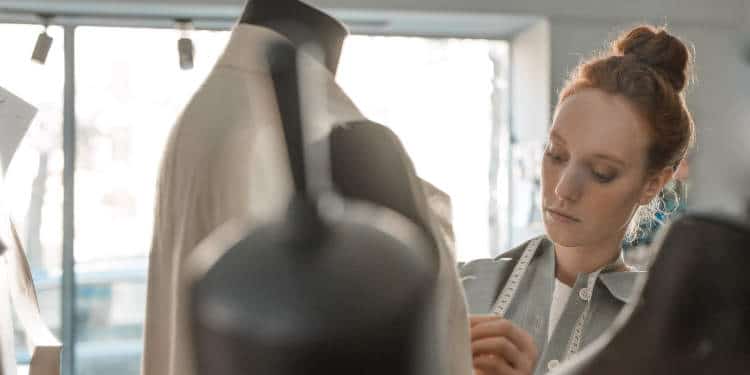











Cleithrophobia is the fear of being trapped, locked in, or unable to leave. It is categorized as a specific phobia, a classification of anxiety disorders in which people experience irrational fear in response to certain objects and situations that pose little or no real danger. Cleithrophobia can often be the result of traumatic experiences such as being locked in a closet, the trunk of a car, or getting trapped in a tunnel or stuck in an elevator.

As with most specific phobias, cleithrophobia can elicit a panic-like response. Individuals can experience physical symptoms that include the following:
They may also experience intense feelings of dread when thinking about being trapped. Those feelings can elicit responses such as crying, freezing, getting angry or aggressive, or even trying to run or escape the situation. Thoughts can become obsessive as they worry about being trapped and work to avoid situations where it could happen. Some symptoms can become so difficult that they begin hindering a person’s ability to function on a daily basis.
Treatment for cleithrophobia is similar to the treatment of most other specific phobias. Cognitive behavioral therapy (CBT) can be used to adjust negative thought patterns associated with the phobia. Through cognitive and behavior modification, individuals can work through their phobia. Exposure therapy can also be effective. Individuals are slowly exposed to their fear while using anxiety and stress reduction techniques.
Over time, they can minimize the panic response toward the phobia. In general, mindfulness, meditation, and other stress-reducing techniques can be beneficial. It can decrease the stress response and lower anxiety at the moment, preventing intense fear and panic. When people think of being trapped and start to feel the panic rise, they can turn to something like a breathing technique to slow down the stress response.
Another aspect to consider is if the phobia is connected to a past trauma. If the phobia does come from past trauma, working through the trauma may be helpful. Addressing trauma should be done by a trained professional to avoid potentially re-traumatizing the individual.
Lastly, medication can be utilized to help people manage the panic and anxiety that can come from dealing with a phobia. Medication along with therapy can be a helpful course of treatment for many individuals. Phobias have the potential to cause major disruptions and distress in a person’s life. No one wants to be restricted in their daily functioning. Understanding the phobia and seeking treatment can be the first steps toward living life more freely and without restrictions.
Cleithrophobia is often confused with claustrophobia. Although they are similar, there are some clear distinctions. Claustrophobia is the fear of being in a small space where the space itself triggers a reaction. Cleithrophobia is the fear of being confined in a space in which you feel trapped. Those who experience cleithrophobia will likely feel comfortable if they know they can come and go as they please.
The main issue for those with cleithrophobia is with being locked in or trapped whereas with claustrophobia individuals are concerned with the small space. For example, someone with claustrophobia may be triggered by getting into a small elevator full of people (i.e. limited space). Someone with cleithrophobia may be triggered by the idea of getting stuck in an elevator for several hours.
If you or someone you care about are struggling with what seems to be cleithrophobia, it is recommended to consult with a mental health professional. They can properly evaluate your condition and may suggest therapy, lifestyle changes, or medications. There is no reason to suffer when viable treatment options are available.
Sources